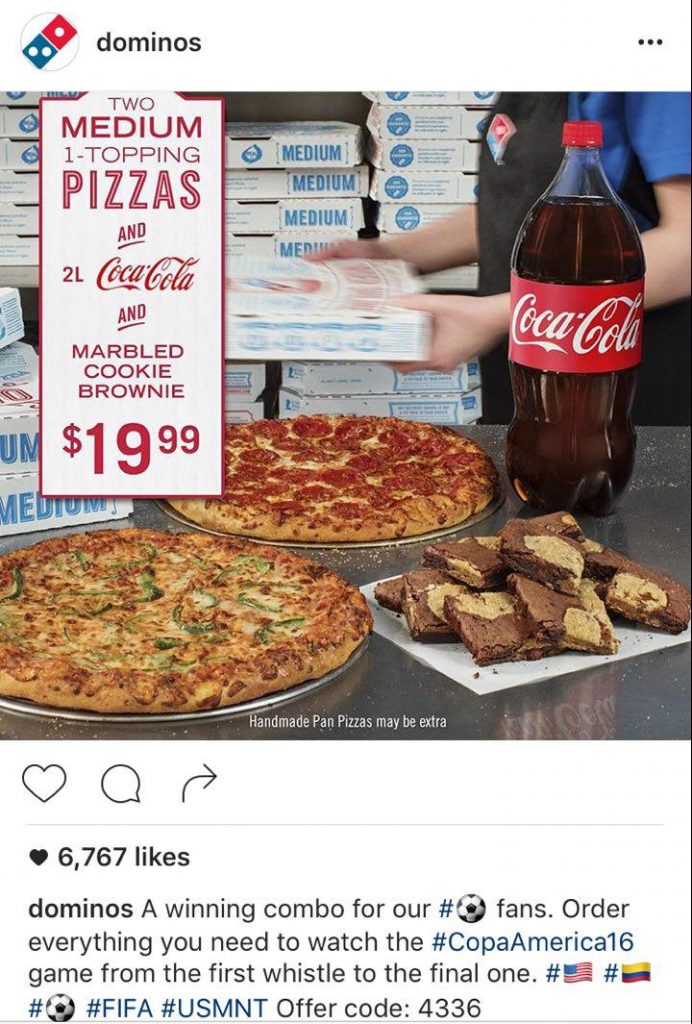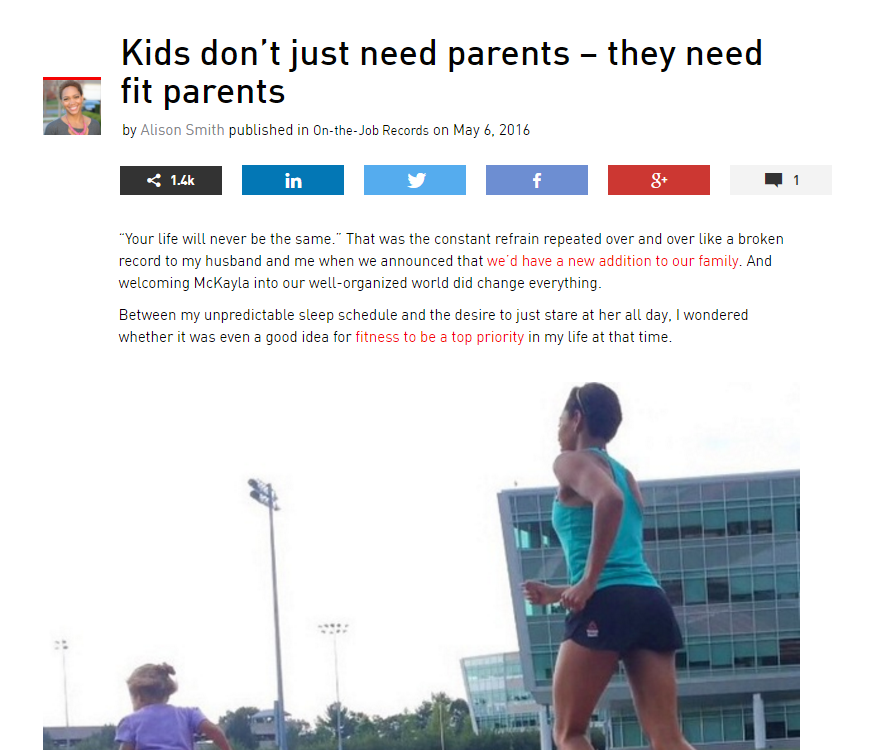Before 2007, no one would’ve imagined that the hash symbol, most commonly used to denote numbers, would become such an incredible part of social media.
Put simply, hashtags are used to categorise content and make your own content discoverable amidst an overwhelming load of information. They allow brands to reach out to a very specific target audience who are interested in your content and would like to be a part of your network.
The hashtag is one of the most effective search functions on a multitude of social media platforms – but only when used correctly. Here’s our tips to make the most of your hashtags:
Different platforms, different purposes
Most social media platforms utilise hashtags to organise data and provide a more seamless social media experience. However, each network has its own unique way of optimising them. For example, ‘trending topics’ on Twitter are based on the number of times a particular hashtag is used and on Instagram, hashtags take you to pictures of the same subject.
Be clear with what works for each platform, otherwise your efforts will be pointless.
Go unbranded
Trust me, you don’t need to hashtag your own brand to be noticed. Keep up with the latest trends by monitoring what your target audience are saying – events and occasions such as #Ramadan, #NationalFriendshipDay or #SharingisCaring. But remember, stay relevant. Don’t hashtag something that happened last week. Social media trends change at lightning speed, and so should you.
Here’s a great example from Dominos:
What goes better with football than pizza with your mates? Dominos leveraged on #CopaAmerica16 to offer its audience a special discount.
Here’s one from Sephora:
Although they may not be directly selling anything in this post, cosmetic giant Sephora received a lot of attention with the hashtag #NationalBestFriendsDay.
Hashtags < words
The rule here is to never have more hashtags than words. Too many hashtags make it difficult for users (and yourself) to understand. Don’t spam, you look desperate for likes.
In the case of not being able to insert hashtags into your sentences, you can always add them in at the end of your caption. This post from Fresh is a great example of how to use hashtags effectively in an Instagram caption:
The key is to choose hashtags that are relevant to your brand.
Simplify, and simplify again
Don’t hashtag #every #single #word #in #your #caption. Be selective and choose hashtags that best describe your content. If you can weave them into your caption without it looking like spam, do it to minimise the number of characters (in the case of Twitter).
National Geographic gets it right in their captions on Instagram. They simplify the hashtags to focus on the main subjects of the picture.
Follow the discussion
Your hashtags should be #searchable. You don’t want your post to be buried under another 350,986 posts with the same hashtag. Instead, create hashtags that have a purpose. You want to be able to click on them and scroll through what your consumers are saying about your brand, engage your audience and strike up meaningful conversation.
Reply to tweets, whether they’re good or bad, like your followers’ pictures on Instagram and comment on their Facebook posts, especially when they are relating to your brand. These small actions can create brand loyalty and increase your customers’ lifetime value.
Hashtags are one of the best ways to understand your audience on a more personal level. You’re missing out on a whole lot if you’re not already capitalising on them in your social posts!
Do you need some help getting your social media into shape? Get in touch with our team of experts at [email protected].












